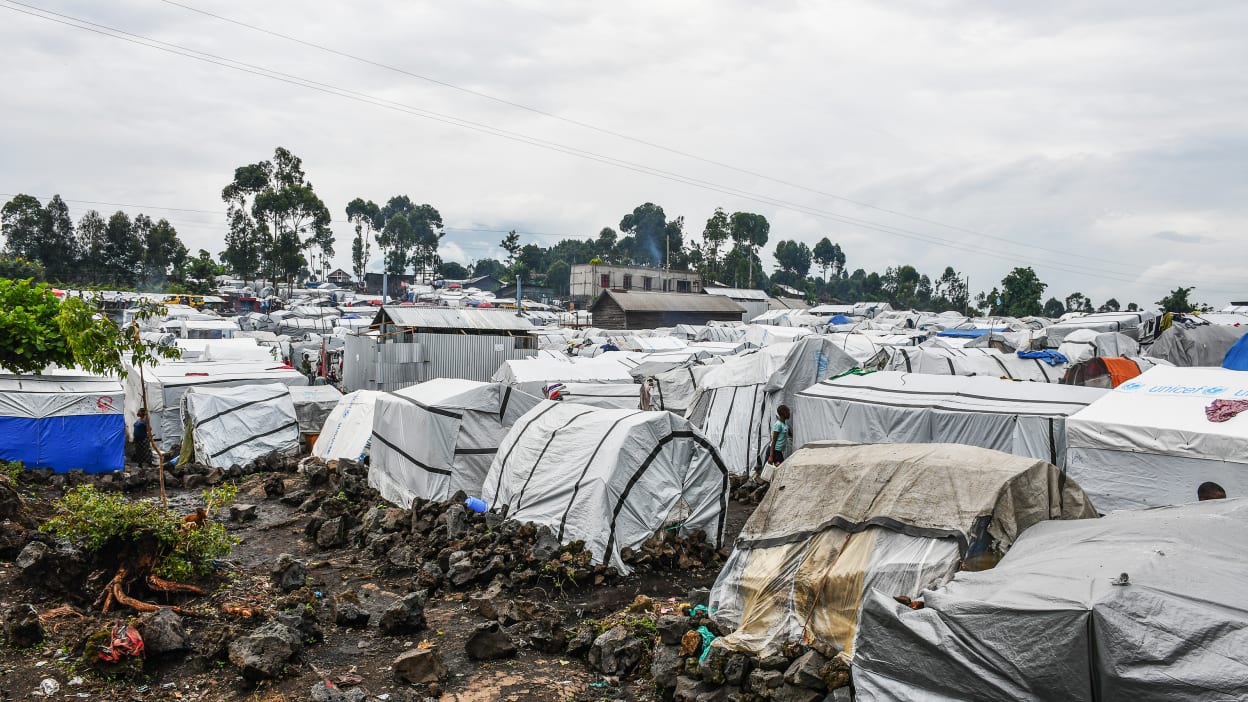PowerChina targets Africa to lift overseas revenue shares up to 45% by 2030


Quidah is an online platform that connects investors with curated opportunities and expert insights on Africa’s emerging markets, while offering businesses promotional services, partnership facilitation, and market intelligence to attract capital and grow their operations.
Industries
Power Construction Corp of China is scaling its African renewables and grid-support portfolio as it aims to raise the continent’s share of overseas revenue from about 30 percent to as high as 45 percent by 2030, positioning Africa as a primary growth engine in its international business.
The company plans deeper entry into nearly all African markets within five years, expanding project origination, execution, and services across utility-scale solar, wind, hydropower, hybrid gas-renewable plants, and long-term operations and maintenance. Management says revenue mix targets will be driven by replicable clean-energy assets and grid-stabilizing systems designed for intermittency-constrained power pools.
In South Africa alone, PowerChina reports roughly 3.5 billion dollars in active renewables projects, including solar PV, concentrated solar power, and the Redstone CSP facility. The Oya hybrid renewable project developed with partners including Eskom, is presented as a model for grid-firming hybrids with potential deployment in other African markets. Earlier delivery includes Ethiopia’s Adama wind farm.
The firm is widening its commercial model beyond EPC contracting to secure lifecycle revenue, such as a five-year operations and maintenance agreement for the 100 MW Kabwe Solar project in Zambia. Chinese-backed power projects added more than 32 GW across 30 African countries between 2020 and 2024, with the pipeline increasingly weighted toward renewables and concentrated in Southern Africa, reinforcing project visibility for large engineering firms.
For investors, stated revenue-mix targets and country expansion plans point to a multi-year deal pipeline under EPC+F, IPP, and PPP structures. South Africa’s standardized procurement regimes such as REIPPPP (Renewable ,Energy ,Independent ,Power ,Producer ,Procurement , Programme) support bankability through established PPA terms, risk allocation, and localization requirements. Financing is expected to blend turnkey EPC, selective equity co-investment, and O&M services, with the “construction + O&M” approach improving recurring revenue and service margins.
Hybrid systems and storage are set to improve capacity factors and power-purchase agreement economics by firming intermittent supply, strengthening tariff viability and lender confidence in stressed grids. Primary risks include currency volatility, offtaker creditworthiness, grid congestion, and policy delays, partly mitigated by standardized tenders, blended-finance options, and the delivery track record of state-linked EPC groups. Competitive positioning favors firms with manufacturing scale, storage integration, and local partnerships as localization rules tighten.


